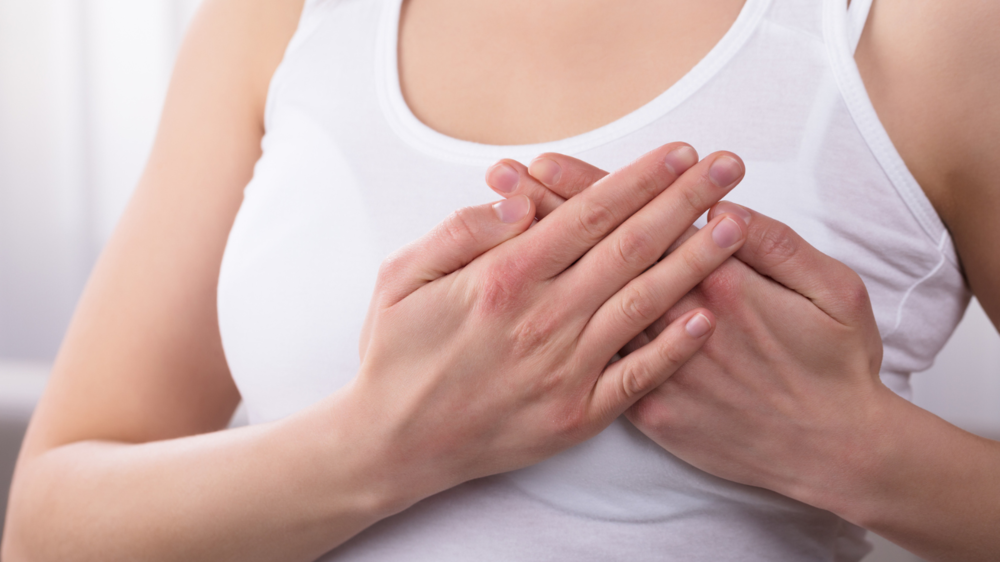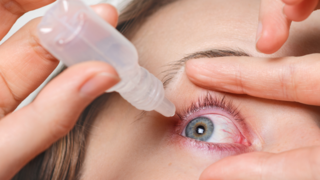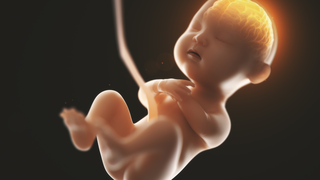In this article:
What’s Happening to Your Nipples?
Your nipples and areola undergo several changes during pregnancy and postpartum. These shifts are driven by rising oestrogen, progesterone, and prolactin levels, preparing your body for feeding. Common changes include:- Darker pigmentation of the areola
- Increased sensitivity or tingling
- Tiny white bumps (Montgomery glands) that secrete oil for lubrication
- Stretching or enlarging of nipple tissue
Why It Matters (and How It Affects You)
Nipple discomfort isn’t just a surface issue. Left untreated, it can affect:- Breastfeeding continuation – Pain during latching often leads to early weaning.
- Sleep and rest quality – Cracked or bleeding nipples can make it painful to lie on your side or wear clothes.
- Bonding and mental health – Physical pain can create frustration, guilt, or detachment, especially when paired with feeding challenges.
- Infection risk – Damaged skin increases vulnerability to conditions like mastitis or fungal infections.
What Causes Cracking, Itching, or Bleeding?
Several overlapping factors can trigger or worsen nipple discomfort:- Dry skin or eczema flare-ups – Pregnancy can dry out skin, particularly in colder climates or with frequent bathing.
- Improper latch – One of the top causes of cracked or bleeding nipples postpartum. A shallow latch can cause friction and skin breakdown.
- Hormonal changes – These can make skin thinner and more reactive.
- Friction from clothing – Rough fabrics, unlined bras, or unwashed new garments can irritate sensitive nipples.
- Yeast or bacterial infections – Thrush (Candida) or Staph infections can cause sharp pain, redness, or crusting.
- Overwashing or scented products – These strip natural oils and damage the protective barrier.
- Rapid breast growth – Common in early pregnancy, this can stretch skin uncomfortably.
- Breast pumps – Incorrect flange size or suction settings can cause trauma.
How Is It Diagnosed or Identified?
Your doctor may evaluate based on:- Visual inspection – To assess cracks, dryness, bleeding, or signs of infection.
- Pain timeline – When it occurs (e.g., during latch, post-feed, all day).
- Feeding history – Latch technique, baby’s tongue position, use of pumps.
- Swab test – To check for fungal or bacterial infection if pain is persistent.
- Dermatology referral – If eczema, psoriasis, or other skin conditions are suspected.
How to Soothe, Treat, and Support Healing
Here’s what can help depending on the underlying cause:- Lanolin cream or nipple butter – Safe during breastfeeding; soothes cracked skin and creates a moisture barrier.
- Cold or warm compresses – Reduce swelling or ease itching, depending on what feels better.
- Saltwater soaks – Gentle saline rinses can help clean open wounds and speed healing.
- Correcting latch – A lactation consultant can help you improve positioning, sucking technique, or recommend nipple shields if needed.
- Antifungal or antibiotic creams – For confirmed infections, used under medical guidance.
- Hydrating body care – Choose fragrance-free, pH-balanced cleansers and moisturisers.
- Cotton bras and breast pads – Let skin breathe; avoid synthetic materials or wet pads that trap moisture.
- Breast pump troubleshooting – Ensure correct flange size and gentle suction settings.
- Topical steroids (only under supervision) – For severe eczema flares during pregnancy.
Emotional and Practical Support
Nipple pain isn’t just a physical experience. It often affects how you feel about your body, your ability to breastfeed, and your overall confidence. If you’re feeling defeated or dreading every feed, know that you’re not alone, and it’s not your fault.- Speak with a lactation consultant early – They’re not just for latching issues; they can help with nipple trauma, milk supply, and emotional stress.
- Give yourself breaks – Pumping occasionally, using expressed milk, or alternating breasts can reduce pain without ending your breastfeeding journey.
- Consider feeding positions – Laid-back or side-lying positions reduce gravity and skin pulling.
- Protect your mental health – If pain is triggering anxiety or tears, speak with a counsellor or support group for postpartum parents.
- Partner support matters – Have your partner help with burping, sterilising bottles, or just listening without judgment.
FAQs on Cracked, Itchy, or Bleeding Nipples: What’s Normal and What Needs Care
- Can cracked nipples be a sign of poor latch?
Yes. A shallow latch is one of the most common causes. Pain during or after a feed is a red flag. - Are bleeding nipples dangerous for the baby?
Generally, small amounts of blood ingested through milk are not harmful. But it's important to treat the underlying issue and check for infection. - Can nipple creams be used during pregnancy?
Yes, most lanolin-based or organic nipple balms are safe. Avoid products with added scents or essential oils unless prescribed. - When should I see a doctor?
If cracks aren’t healing within a few days, if you see pus, or if feeding becomes unbearable, consult your doctor or a lactation specialist immediately.






